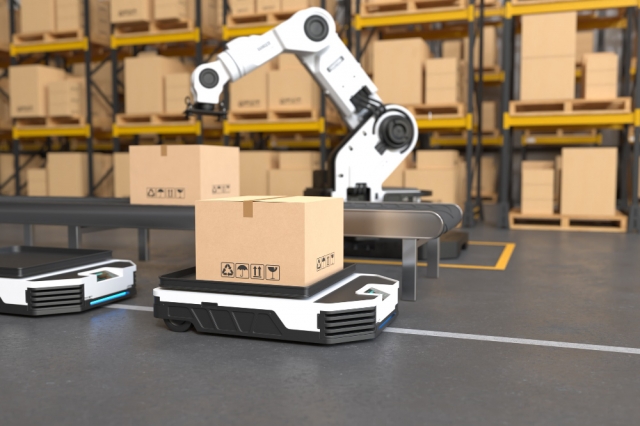In retail, competition is crucial in setting prices to attract customers effectively and drive sales growth. For platforms such as Amazon, where sellers constantly seek ways to improve their pricing tactics, repricer software has become an asset. One notable development in this field is the utilization of machine learning technology, which empowers the software to process data efficiently and make informed decisions on pricing strategies.
Understanding Machine Learning
Machine learning is a branch of artificial intelligence that allows systems to enhance themselves through data analysis without requiring manual programming. Its ability to discern patterns and offer projections is crucial for functions such as price optimization. For instance, repricer software employs machine learning algorithms to evaluate rival prices, market trends, and consumer actions to recommend optimal pricing tactics.
Refining Pricing Accuracy
One of the benefits of incorporating machine learning into the Amazon repricer tool software is its capacity to improve pricing accuracy significantly. Conventional pricing methods usually depend on fixed regulations that could struggle to adapt to shifts in the market landscape. On the other hand, machine learning enables real-time data analysis for making modifications. This feature guarantees that pricing approaches stay competitive, leading to increased sales and profits in the end.
Navigating Through Shifts in the Market Landscape
One of the biggest challenges in e-commerce is the rapidly changing market landscape, with constant fluctuations that make it difficult for online retailers to stay aligned with trends and changes. Machine learning algorithms can analyze historical data to forecast future developments accurately. Repricing tools powered by this technology respond promptly to alterations in customer needs or rival prices, helping merchants maintain a competitive edge and stand out in the market.
Enhancing the Customer Experience
One aspect of repricing that is frequently underestimated is how it influences the customer's experience with a product or service. Pricing accuracy draws in customers and helps build trust and loyalty. Machine learning plays a key role in this process by guaranteeing that prices align with fair market standards and match consumers' expectations. This strategy drives up sales and improves the overall shopping journey
Minimizing the Need for Labor
The implementation of machine learning helps minimize the work usually tied to price management tasks because automated systems can process data sets efficiently without sellers having to track competitors and tweak prices themselves manually. Instead, they can redirect their focus toward managing inventory and improving customer service.
Difficulties and Factors To Think About
While there are benefits to incorporating machine learning in repricing software applications, there are some hurdles to overcome. The accuracy and completeness of data are crucial as they can affect pricing decisions negatively if not appropriately maintained. Moreover, the intricate nature of algorithms necessitates supervision to guarantee they support the company's goals effectively. Businesses need to stay alert and continually adjust their tactics to capitalize on the capabilities of machine learning.
Upcoming Opportunities
The future looks bright for repricing software as machine learning technologies advance. Increasingly sophisticated algorithms will be able to analyze a broader range of data points, enabling the emergence of smarter pricing strategies. As these advancements progress, the opportunity for increased automation and effectiveness in pricing tactics will grow, equipping businesses with significant competitive advantages.
In Summary
Incorporating machine learning into Amazon's reprice tools represents a change in how companies handle pricing tactics. Machine learning brings advantages by refining pricing accuracy, adjusting to market shifts, and enhancing customer interactions. Nevertheless, it necessitates deployment and supervision to harness its capabilities. With technological progress advancing, those who adopt these advancements will likely lead the way in online retail.






